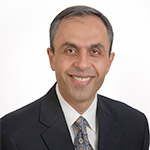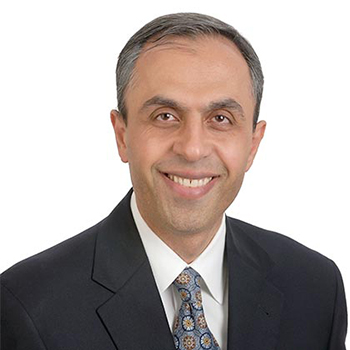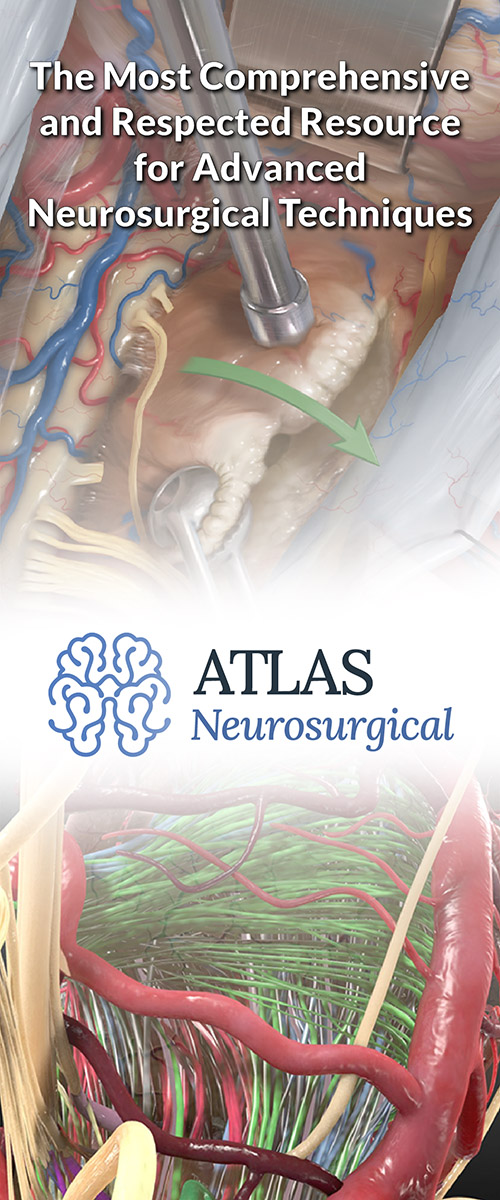Causes of Hemifacial Spasm
- What Is Hemifacial Spasm?
- Whom Does It Affect?
- What Causes Hemifacial Spasm?
- Conditions That Can Be Confused for Hemifacial Spasm
- Does Stress Cause Hemifacial Spasm?
- Does a Vitamin Deficiency Cause Hemifacial Spasm?
- Is There a Link Between Genetics and Hemifacial Spasm?
- How Do Hemifacial Spasms Progress?
- Key Takeaways
Hemifacial spasm can cause serious stress and anxiety. The abnormal facial movements they can create can make daily tasks such as eating or talking difficult. The sudden uncontrollable twitching can alter facial expressions and cause discomfort in public and social situations. But what exactly is the cause of this frustrating condition? In this article, we discuss hemifacial spasm and its origins.
What Is Hemifacial Spasm?
Hemifacial spasm is a nervous system condition in which the muscles on one side of the face periodically contract. The facial movements caused by hemifacial spasm are painless but they cannot be controlled.
Initially, this condition affects the muscles around the eye. However, it can gradually involve the entire half of the face.
Over time, the twitches can increase in frequency to the point at which it becomes difficult to see out of the affected eye.
Whom Does It Affect?
Hemifacial spasms are a rare condition, affecting only 11 per 100,000 people worldwide. They more commonly affect adults 40 to 60 years of age and females more than males. If the spasms occur at an earlier age, they could indicate an underlying neurological condition (for example, tumor or multiple sclerosis).
Why should you have your surgery with Dr. Cohen?
Dr. Cohen
- 7,000+ specialized surgeries performed by your chosen surgeon
- More personalized care
- Extensive experience = higher success rate and quicker recovery times
Major Health Centers
- No control over choosing the surgeon caring for you
- One-size-fits-all care
- Less specialization
For more reasons, please click here.
What Causes Hemifacial Spasm?
The condition is commonly caused by an adjacent blood vessel touching or compressing the facial nerve at the point where it exits the brainstem. This irritates the nerve, causing it to misfire and disrupt the signals between the brain and the facial muscles. In turn, this leads to involuntary muscle contractions.
Other, less common hemifacial spasm causes include:
- Damage to the facial nerve - This may occur after an injury to the head or face
- Compression from other structures, such as a tumor, cyst, or bone deformity
- Facial paralysis from a condition called Bell’s palsy
Sometimes, no specific hemifacial spasm causes are pinpointed. In cases like this, the condition is called “idiopathic hemifacial spasm.”
Figure 1: Magnetic resonance image of the brain showing a loop of blood vessel (black arrow) near the root of the facial nerve.
Magnetic resonance imaging (MRI) studies are often performed to determine if a tumor or other large structure is causing the symptoms. Sometimes, MRI can reveal the presence of a blood vessel pressing against the facial nerve.
However, in most cases, the images may appear normal, and the offending blood vessel is seen only during surgery. Fortunately, surgical decompression of the nerve often provides a lasting cure.
Conditions That Can Be Confused for Hemifacial Spasm
Sometimes, hemifacial spasm can be confused for other conditions that cause involuntary facial twitching and abnormal facial movements. Examples include the following:
- Blepharospasm: This condition that causes uncontrollable blinking.
- Tourette Syndrome: This condition causes repeated, uncontrollable movements or sounds
- Facial Myokymia: Twitching of the face which may sometimes occur in people with multiple sclerosis or Guillain-Barré syndrome. It may also be psychological or stress-related.
- Tardive Dyskinesia: An uncommon side effect of some medications, this movement disorder may cause uncontrollable facial tics.
While physicians diagnose hemifacial spasm based on symptoms, imaging tests like MRIs are also used to rule out other conditions that present similarly.
Does Stress Cause Hemifacial Spasm?
Although stress is often associated with hemifacial spasm, there is currently no evidence that it’s one of the causes of a hemifacial spasm. Rather, stress and anxiety can trigger the spasms or worsen symptoms by increasing how often it occurs or the number of facial muscles involved.
It is common for patients with hemifacial spasm to suffer from anxiety because of the nature of the disease and its impact on the face, which is an important aspect of our physical appearance.
Meditation, breathing exercises, yoga, and autogenic training (visual imagery and body awareness to move to a state of relaxation) are commonly used relaxation methods. Sharing information about your condition to family and friends can also help to alleviate anxiety and promote understanding and consideration.
Does a Vitamin Deficiency Cause Hemifacial Spasm?
Some vitamin deficiencies are linked to various physiological and neurological problems. Deficiency in vitamin D can be associated with muscle spasms. However, these muscle spasms are generally more widespread than just hemifacial spasms.
Vitamin D deficiency also manifests with other signs and symptoms such as muscle pain, bone pain, and fractures, whereas muscle twitching with hemifacial spasm is painless and usually affects only one side of the face.
Vitamin B12 deficiency has also been associated with hemifacial spasm. This vitamin plays an important role in the nervous system, and a low level can cause nerve damage and muscle spasms.
Is There a Link Between Genetics and Hemifacial Spasm?
Most cases of hemifacial spasm occur as a sporadic condition without a hereditary component. Hemifacial spasm in family members is rarely reported, and the exact gene(s) involved and how it may be passed down are unclear.
How Do Hemifacial Spasms Progress?
Hemifacial spasm often begins with twitching of the facial muscles around the eye, which can cause periodic squinting or closure of one eye, making it difficult to see.
Over time, the twitching spreads to other facial muscles on the same side of the face.
Severe simultaneous contractions of all the facial muscles on one side of the face can pull at the corners of the eye and mouth, leading to an abnormal grimace. Although rare, 2% of patients can experience spasms on both sides of their face.
Key Takeaways
- Hemifacial spasm is caused most commonly by compression of the facial nerve by a blood vessel at the brainstem.
- Hemifacial spasm usually begins during the fourth or fifth decade of life.
- Stress, anxiety, and fatigue are common triggers of these spasms.





